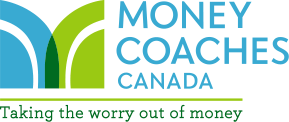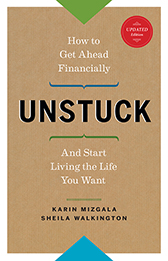By Karin Mizgala, Co-Founder and CEO
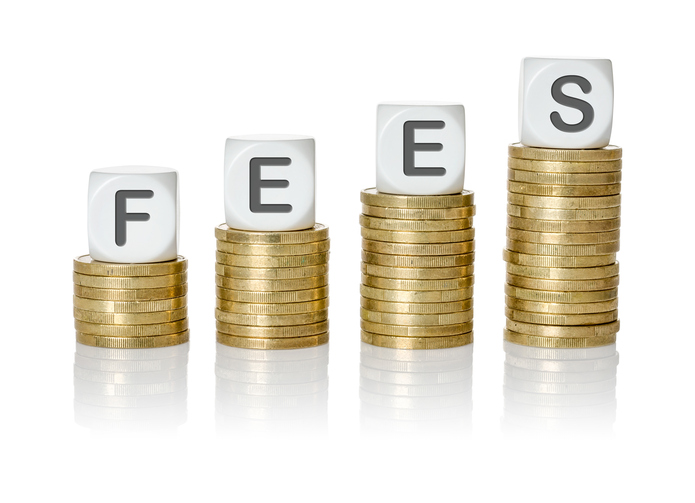
It’s been over a year since the Canadian Securities Administrators (CSA) implemented phase 2 of the Client Relationship Model, known as CRM2. If you have investments, you will have received two reports in 2017; the first one itemizing the advisory fees and commissions you have paid, and a second report with information on how well your investments have performed. (You can read more about these two reports in my article Are You Ready for the Truth About Your Investments).
The first report, The Report on Charges and Other Compensation, left some Canadians surprised and frustrated at just how much they were paying, and that figure doesn’t even include the larger portion of mutual fund MERs paid as management fees, which won’t be disclosed under CRM2. We must remember that a fee isn’t inherently bad if you are receiving value for the money, but are we as Canadians receiving value? Is the answer to high fees, managing your own portfolio?
Let’s take a closer look.
The Prohibitive Cost of Mutual Funds
Canada frequently ranks high on lists of the best countries to live, but when it comes to fees for financial products we rank among the worst in the developed world. Ouch. Morningstar, an international investment analysis firm, has been looking at the financial industry in 25 countries, every second year since 2009. Among other things, it grades a country’s fees and expenses, as those areas relate to investing, and we are not at the top of the class.
After management fees, commissions and embedded trading costs are all considered, Canadians are often paying upwards of 2.5 per cent annually; an amount that can certainly impact the growth of your nest egg.
So, what are Canadians to do? One thing is for sure, it’s important to do more than just complain to friends and family.
Focus on What You Can Control
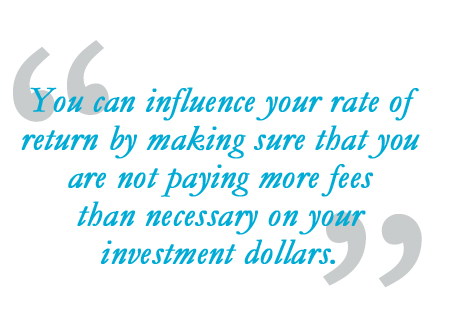 When it comes to retirement savings, you have control over your spending and savings habits. If you aren’t saving enough, or if debt has you bogged down, it’s crucial to your future well-being that you change that situation.
When it comes to retirement savings, you have control over your spending and savings habits. If you aren’t saving enough, or if debt has you bogged down, it’s crucial to your future well-being that you change that situation.
But what control do you have over the money you do invest?
How much growth you’ll have by retirement will be affected by inflation, tax rates, and rate of return. There is nothing you can do about inflation, and not likely much you can do about your tax rate, but you can influence your rate of return by making sure that you are not paying more fees than necessary on your investment dollars.
The Impact of High-Priced Investments
While the benefit of CRM2 is more transparency around some of fees you are paying, how many people will take the time to do the math to understand the impact of those fees? Let me do it for you.
In this scenario, you are a 50-year-old, with $450,000 in your investment portfolio, saving for 15 years and aiming for a 4-per-cent average annual return. That will grow to $810,425 over that 15-year span (with no additional contributions for ease of calculation). If we can bump that rate of return to 5 per cent, by dropping fees to 1.5 per cent from 2.5 per cent over that span, that would increase the investment pile to approximately $935,518.
That’s $125,000 more towards your retirement and could mean the difference between trips to Europe in your golden years, or settling for stay-cations in your backyard each summer. The impact is even more dramatic the longer you have until you plan to retire.
So how can you lower those fees?
Canadians do have options
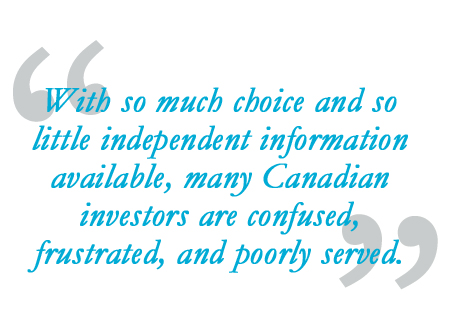 Investing today has become increasingly complicated. It feels like a new investment product is being introduced every month – one that, at least in theory, will make investing easier, less costly, and produce better returns. Unfortunately, with so much choice and so little independent information available, many Canadian investors are confused, frustrated, and poorly served.
Investing today has become increasingly complicated. It feels like a new investment product is being introduced every month – one that, at least in theory, will make investing easier, less costly, and produce better returns. Unfortunately, with so much choice and so little independent information available, many Canadian investors are confused, frustrated, and poorly served.
We’ve done a lot of homework on behalf of clients over the past few years and we think the average Canadian investor is best served by one of three options:
1. Low Cost, actively-managed mutual funds
Steadyhand, Mawer and Leith Wheeler are three firms that we often recommend to clients. Each firm provides their investment products directly to investors which helps keep their costs low. And their simplified, low-risk, almost ‘boring’ approach to investing has delivered index-beating results to clients.
For example, Steadyhand’s small line-up of six funds is beating the averages in their categories for the most part over the past 10 years, or five years in the case of the Founders Fund, which wasn’t launched until 2012. Many of their funds are outperforming their comparative benchmarks, and by several percentage points in some instances. Though small, Steadyhand is growing with over 3,000 Canadian clients. And this year marks their tenth birthday.
Contrary to what many investors think, many of the lower-fee, actively-managed funds can, and do, outperform their comparative benchmark.
2. ETFs
The other option we suggest clients consider is Exchange-Traded Funds, or ETFs. These can be bought directly by investors, through a discount broker, or through a so-called Robo-advisor. Robo-advisors provide investment advice or portfolio management online with moderate to minimal human intervention.
Fees can vary significantly in the cases of both ETFs and actively managed funds. As an investor, you must ask for a detailed description of the fees you will be paying, and the service you will be provided.
3. Private Investment Management
If you have a larger portfolio, say over $500,000, you also have the option of hiring an investment counsellor or private investment manager. They offer highly specialized and personalized investment management services and typically charge 1.0 to 1.5 per cent of the value of the investments that they manage on your behalf.
Is managing your own portfolio the only way to avoid high fees?
 While it’s true that do-it-yourself investing helps you to avoid some of the higher cost investment options, don’t feel that you have to go it alone to protect yourself from high fees. For people who need or would appreciate the advice of an investment professional, the three options described above provide you with lower fee investment options and the comfort of professional advice.
While it’s true that do-it-yourself investing helps you to avoid some of the higher cost investment options, don’t feel that you have to go it alone to protect yourself from high fees. For people who need or would appreciate the advice of an investment professional, the three options described above provide you with lower fee investment options and the comfort of professional advice.
It’s important to take action now
High fees can eat up thousands and thousands of your retirement dollars. The younger you are, the more you have to lose. Don’t simply join the chorus of frustrated voices. Do something. Safeguard your retirement by making sure you aren’t paying more fees than you need to. For more and more Canadians, this means exploring new options for investing like lower-cost mutual funds and ETFs.
If you feel you are paying too much in investment fees, or need guidance in improving your financial well-being, contact us today. A financial planner with Money Coaches Canada can help with cash flow, investment strategy and retirement planning.
